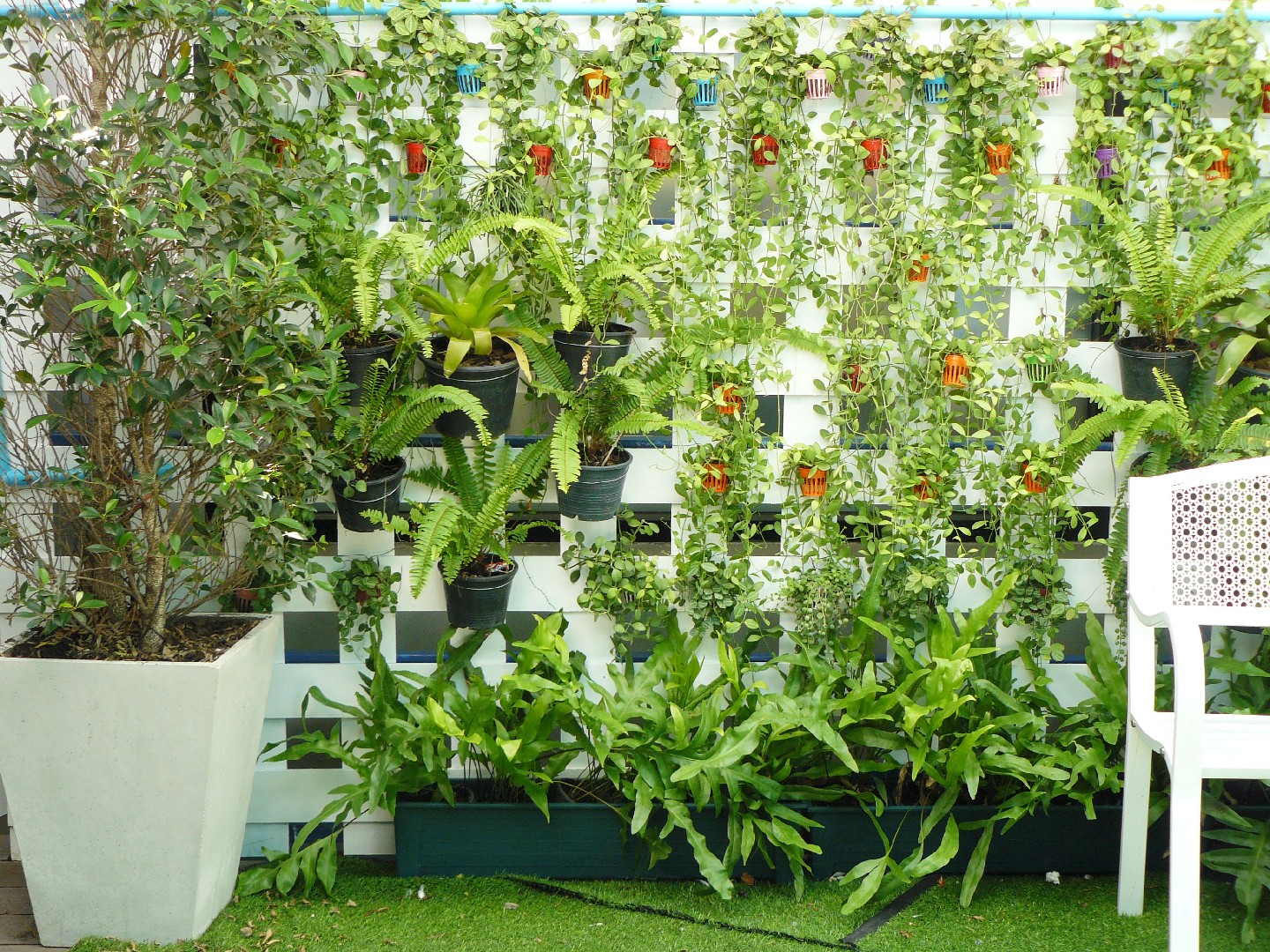![Rectangle]()
Planting and Caring for Your Seasonal Vertical Garden
Planting and caring for a seasonal vertical garden requires proper planning and a good understanding of the different plant varieties that thrive in each season. By following a few key steps, you can ensure a successful year-round harvest.
When it comes to planting for seasonal variation, it's important to consider the specific needs of the plants you want to grow. Some plants, such as tomatoes and peppers, prefer warmer temperatures, while others, like lettuce and kale, prefer cooler temperatures. Research the ideal planting times for each type of plant and create a planting schedule that aligns with the seasons.
To start, prepare your vertical garden by selecting suitable containers or structures. Consider using hanging pots, wall-mounted planters, or tiered shelves to maximize space. Ensure that the containers have proper drainage to prevent waterlogged soil.
Next, choose high-quality potting soil that is nutrient-rich and well-draining. This will provide a healthy growing environment for your plants. Fill each container with the potting soil, leaving enough space for the roots to grow.
Once you have prepared the containers, it's time to plant your chosen varieties. Place the plants in the containers, following the spacing guidelines provided for each type. Gently pat down the soil around the roots and water thoroughly.
Caring for your seasonal vertical garden requires regular monitoring and maintenance. In each season, adjust your watering schedule based on the specific needs of the plants. Check the moisture levels of the soil regularly and water accordingly, ensuring that the soil is consistently moist but not waterlogged.
Throughout the year, keep an eye out for common challenges in year-round vertical gardening, such as pests and diseases. Inspect your plants regularly for signs of infestation or disease, and take prompt action to address any issues. This may involve using organic pest control methods or applying appropriate treatments recommended for specific diseases.
Additionally, consider providing support structures, such as trellises or stakes, for taller plants to ensure they grow vertically and maintain their shape. Pruning, deadheading, and removing any diseased or damaged foliage will also help promote healthy growth.
In conclusion, mastering seasonal vertical gardening is achievable with proper planning, care, and knowledge. By understanding the specific needs of your chosen plants, providing optimal growing conditions, and addressing common challenges promptly, you can enjoy a bountiful harvest year-round. Happy gardening!





